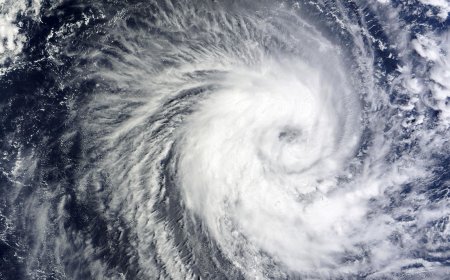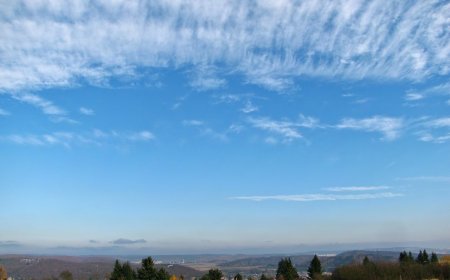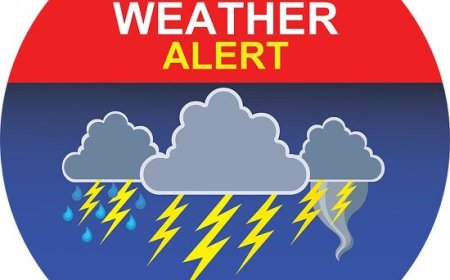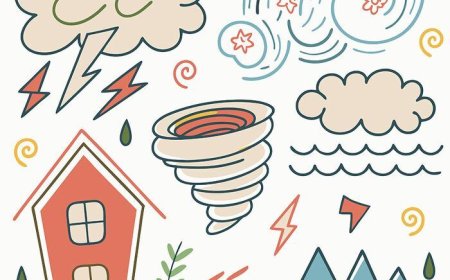Humidity Facts for Kids – What Humidity Is and How It Affects Weather
Learn about humidity for kids. Discover what humidity really means, how it's measured, how it influences how we feel, and how it plays a big role in weather and health.
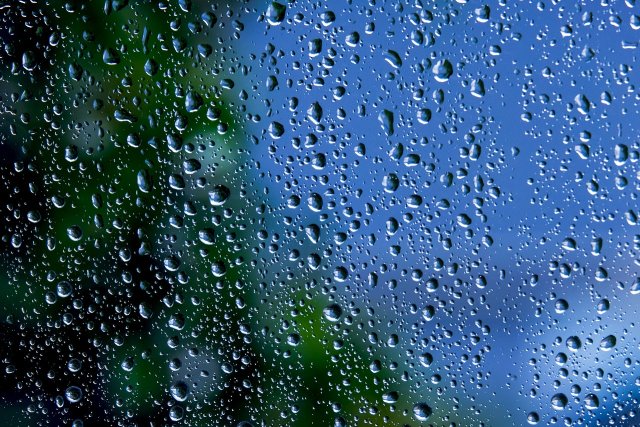
🧭 Introduction
Have you ever felt sticky or sweaty on a warm day, even if it’s not super hot? That’s humidity at work! Humidity is the amount of water vapor in the air, and it can make the weather feel warmer or cooler depending on how much moisture is present. Humidity plays a big role in how comfortable we feel, how clouds and rain form, and how weather changes. Understanding humidity helps explain everything from foggy mornings to why we sweat more on some days than others.
💧 What Is Humidity?
Humidity is the term we use to describe how much water vapor (gas form of water) is in the air. Even if we can’t see it, air always holds some moisture. The warmer the air, the more water vapor it can hold. The cooler the air, the less it can hold.
Two main ways to measure humidity:
Absolute humidity – the actual amount of water vapor in the air.
Relative humidity – how full the air is with water vapor compared to the maximum it can hold at a certain temperature. It’s shown as a percentage.
Example: 50% relative humidity means the air is holding half the moisture it could at that temperature.
When relative humidity hits 100%, the air is completely full and can’t hold more moisture—so condensation begins, and clouds or fog may form.
🌡️ How Humidity Affects Temperature
Humidity changes the way we feel temperature. On a hot, humid day, sweat doesn’t evaporate as easily, so our bodies feel hotter. On dry days, sweat evaporates quickly and we feel cooler—even if the temperature is high.
This feeling is called the heat index—how hot the air feels to our bodies when you combine temperature and humidity.
Humidity also plays a role in cooling:
At night, humid air holds more heat, so temperatures don’t drop as much.
On dry nights, heat escapes more easily, and it may feel much cooler.
☁️ Humidity and Weather
Humidity is an important part of the water cycle and weather:
High humidity means there's a greater chance of rain, fog, or storms, because the air is nearly full of water vapor.
Low humidity often means clear, dry weather, with fewer clouds and little chance of rain.
Sudden changes in humidity can signal an approaching weather front, such as a thunderstorm.
Clouds form when humid air rises, cools, and condenses into water droplets. This process is key to making precipitation (rain or snow).
🧪 How Do We Measure Humidity?
Meteorologists use special tools to measure humidity and predict weather changes:
Hygrometer – Measures the amount of moisture in the air.
Psychrometer – Uses two thermometers (one wet, one dry) to calculate relative humidity.
Dew point – The temperature at which air becomes fully saturated with moisture and condensation begins.
A higher dew point means the air is more humid. Dew points over 60°F often feel sticky, while those below 40°F feel dry and comfortable.
🌿 Why Humidity Matters
Humidity affects many parts of daily life:
Comfort – High humidity can make you feel tired or overheated.
Health – Very dry air can cause dry skin, sore throats, or breathing problems.
Buildings – High humidity indoors can cause mold, while very dry air can damage wood or electronics.
Plants and animals – Need the right balance of humidity to stay healthy.
Weather forecasting – Humidity helps predict storms, fog, and rainfall.
Even insects like mosquitoes are affected—they love humid weather!
📚 Vocabulary Words
Word Definition
Humidity The amount of water vapor in the air
Relative humidity The percentage of moisture the air is holding compared to the maximum it can hold
Heat index How hot it feels when humidity is combined with temperature
Dew point The temperature at which air becomes fully saturated and dew forms
Condensation When water vapor turns into liquid water, forming clouds or dew
💡 Interesting Facts About Humidity
The Amazon Rainforest has one of the highest humidity levels on Earth—often over 90%.
Cold air holds much less water vapor than warm air, which is why winter feels dry.
On a humid day, your sweat can't cool you off as well, which is why it feels hotter.
Fog is a type of cloud that forms when humidity near the ground is very high.
Some deserts, like the Sahara, have humidity as low as 10%!
👧 Kid-Friendly Summary
Humidity is the amount of water vapor in the air. On humid days, the air feels sticky and hot because it holds a lot of moisture. On dry days, the air feels cooler and more comfortable. Humidity helps make clouds, fog, and rain. Meteorologists measure humidity to help predict the weather and tell us if storms are coming.
✅ Interactive Quiz
Q1: What is humidity?
A. Wind in the air
B. Water vapor in the air
C. Sunlight and clouds
D. Air pollution
Q2: What does 100% relative humidity mean?
A. The air is dry
B. The air is half full
C. The air is completely full of moisture
D. The air is frozen
Q3: What is a dew point?
A. The hottest time of day
B. A thermometer reading
C. The temperature when water vapor condenses
D. A weather balloon
Q4: Which tool measures humidity?
A. Anemometer
B. Barometer
C. Hygrometer
D. Rain gauge
Q5: What happens on a humid day?
A. You feel cooler
B. Rain is less likely
C. You sweat less
D. You feel hotter and sticky
Scoring:
5/5 = 💦 Humidity Hero
3–4 = 🌤️ Weather Watcher
1–2 = 📘 Time to Soak Up More Science


















































